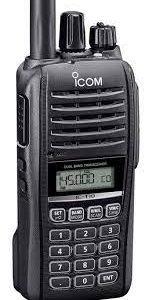clipped from Johns email *
-
What frequency or frequency bands will the equipment cover?
-
What mode or modes will it operate?
-
In respect of the target project, will it be a receiver or a transmitter or both?
-
What mode or modes will it operate?
-
What architecture will it use?
Stephen, M7HFY,
Following on from my Facebook and email message to the group. Last night Rod, G4TEW described an intention for a club project to be a stage by stage modular constructional project. The intent is that members who participated could learn something of the operation and design process as the project proceeded. As a first step I believe it would be good to decide what the finished objective might be, hence my post on Facebook and the Googlegroup.
John, G4FUO
Steve,
Certainly the home brew is a great thing to aspire to. I saw Rod walk out with the Solid State Design book. Another great publication is the ARRL's Experimental Methods in RF Design. The building blocks may inspire one or two people. However, the excitement is quite low key at the moment.
John


